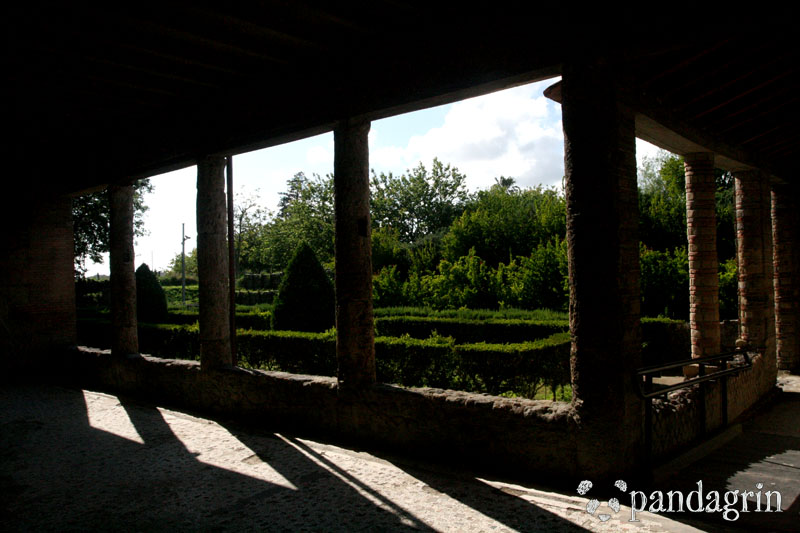On the tedious train down to Sorrento we glanced out the window at the wonderful views of the Mediterranean, whilst looking on the other side there seemed to loom a large cylindrical mountain…Mt Versuvius. As we passed through station “Pompei – Villa dei Misteri” we saw some ruins perched on top of a nearby hillside, could this be Pompei…Yep. This was on our way to Praiano. Four days later we were there in the thick of it, walking among the romans.
Along with Herculaneum, Pompeii was partially destroyed and buried under 4 to 6 m (13 to 20 ft) of ash and pumice in the eruption of Mount Vesuvius in AD 79. Pompeii was lost for nearly 1700 years before its accidental rediscovery in 1749. Since then, its excavation has provided an extraordinarily detailed insight into the life of a city during the Pax Romana. And this is just what it is like, walking through the streets there was so much detail that it felt as though you were walking with the Romans. The cobbled streets with their stepping stones, street on street of houses with many of their original detail still intact. A full town with sporting fields, stadium, theatres and every other building you’d expect in a town.
The shopkeepers stalls lining the streets with their tables in front, the rich villas with their fountains and baths. Most surprising of all was the vast quantity and quality of vivid frescoes that line so many of the villa walls.
Just as we were heading home after walking almost every street we came across a gallery of artifacts, including plaster casts of those frozen in time. As the ash fell it buried everything in its wake, some tried to stay in shelter but with the weight most roofs caved in, others attempted to keep climbing above the ash as it fell. But all was due to no avail as soon a toxic plume covered the land sweeping through at up to 80kms/hr, annihilating all. The downpour was to last more than 36hrs and nothing was left to be seen. As the ash fell continually in such fine powder it clung to every nook and cranny; even to the folds of clothing on the people and even froze the expressions on their face. As more fell it compressed and solidified. Bodies decayed and left a hole where they once lay. Archeologists filled these holes with plaster to reveal almost exact copies of their original form.
All in all it was quite amazing to see such an accurate portrayal of a classic roman town.
Back to Napoli. Napoli is a very rustic town with a very industrial feel as a lively port. The streets are a little worse for wear and grubby. Although the people are friendly and lively. We had the most amazing pizza we have ever tasted, Meg had a Diavola (spicy salami) and I had a ripiena con funghi (folded over pizza filled with mozzarella and ricotta) topped with sauce and mushrooms. Both of these just melted in our mouths, we wished we could’ve taken the pizza place with us. Out of all the pizza that took the pizza(cake).
Pompei & Vesuvius
Napoli

















































